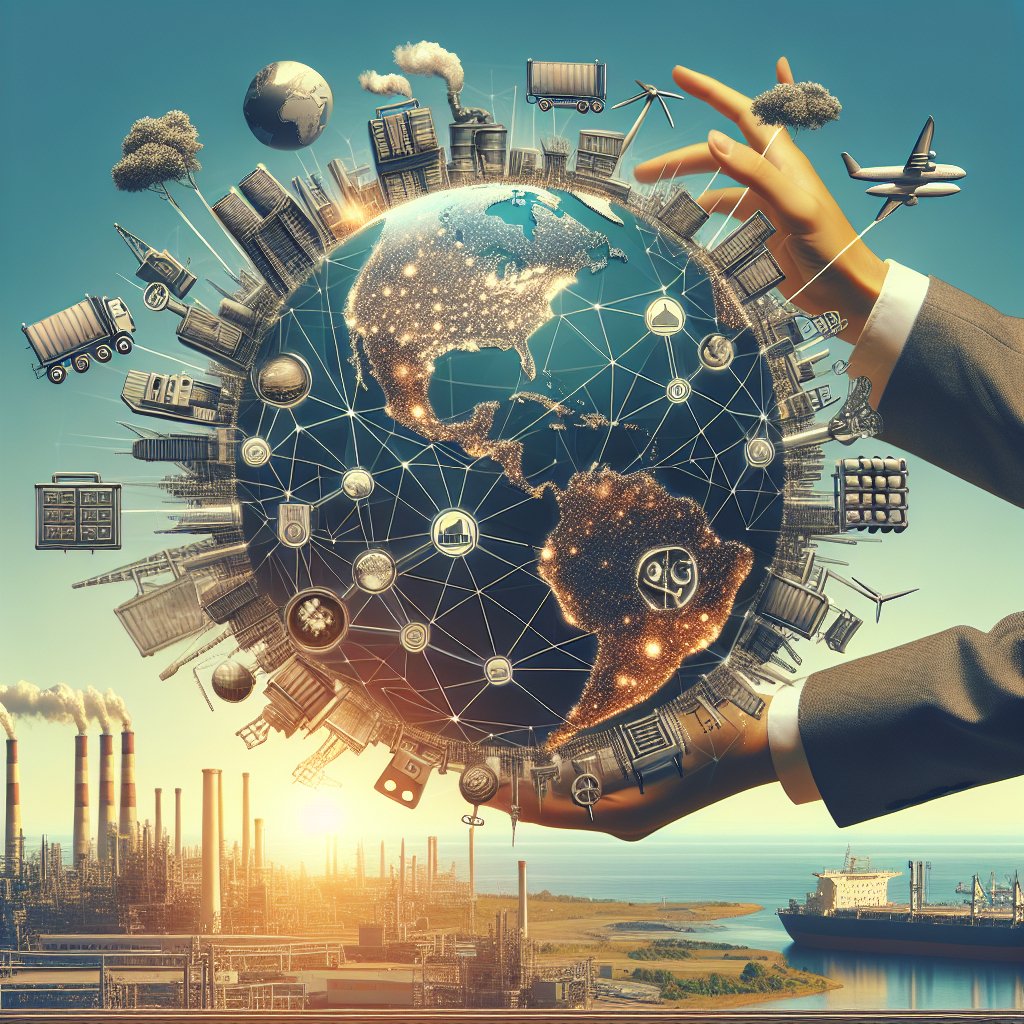The global economy is intricately linked to the availability and utilization of rare metals, which are essential components in a wide array of industries. These metals, often found in limited quantities and specific geographic locations, play a crucial role in the production of high-tech devices, renewable energy technologies, and advanced manufacturing processes. As the demand for these technologies continues to grow, understanding the significance of rare metals in the global economy becomes increasingly important.
The Role of Rare Metals in Modern Technology
Rare metals, including elements such as lithium, cobalt, and rare earth elements (REEs), are indispensable in the production of modern technology. These metals are critical in the manufacturing of smartphones, laptops, electric vehicles, and a host of other electronic devices. For instance, lithium is a key component in rechargeable batteries, which power everything from mobile phones to electric cars. Cobalt, often used in conjunction with lithium, enhances battery performance and longevity.
Rare earth elements, a group of 17 metals, are particularly vital in the production of high-performance magnets, which are used in wind turbines, electric vehicle motors, and various defense applications. Neodymium and dysprosium, two of the most prominent REEs, are essential for creating strong permanent magnets that are crucial for the efficiency and miniaturization of these technologies.
The reliance on rare metals in technology is not just limited to consumer electronics and renewable energy. They are also critical in the aerospace and defense industries. For example, tantalum is used in the production of jet engine components due to its high melting point and resistance to corrosion. Similarly, gallium is used in advanced radar systems and satellite communications.
As technology continues to advance, the demand for rare metals is expected to increase, further solidifying their importance in the global economy. This growing demand poses challenges in terms of supply chain management and resource sustainability, which are crucial issues that need to be addressed to ensure the continued availability of these essential materials.
Geopolitical Implications of Rare Metal Supply Chains
The distribution of rare metal resources is highly uneven across the globe, leading to significant geopolitical implications. Countries with abundant reserves of these metals, such as China, Australia, and the Democratic Republic of the Congo, hold substantial influence over global supply chains. China, in particular, dominates the production and processing of rare earth elements, accounting for over 80% of the global supply.
This concentration of resources in a few countries can lead to supply chain vulnerabilities and geopolitical tensions. For instance, trade disputes or political instability in these regions can disrupt the supply of rare metals, leading to price volatility and potential shortages. Such disruptions can have cascading effects on industries reliant on these materials, impacting everything from consumer electronics to national defense capabilities.
In response to these challenges, many countries are seeking to diversify their sources of rare metals and reduce their dependence on a single supplier. This includes investing in domestic mining operations, exploring alternative sources such as recycling and urban mining, and developing strategic partnerships with other resource-rich nations.
Furthermore, the geopolitical landscape surrounding rare metals is also influenced by environmental and ethical considerations. The extraction and processing of these metals can have significant environmental impacts, including habitat destruction, water pollution, and greenhouse gas emissions. Additionally, mining operations in some regions have been associated with human rights abuses and poor labor conditions.
Addressing these issues requires a coordinated effort from governments, industry stakeholders, and international organizations to promote sustainable and ethical practices in the rare metals supply chain. This includes implementing stricter environmental regulations, supporting research into alternative materials, and encouraging transparency and accountability in mining operations.
Future Prospects and Challenges in the Rare Metals Industry
The future of the rare metals industry is shaped by a complex interplay of technological advancements, market dynamics, and environmental considerations. As the global economy continues to transition towards cleaner and more sustainable energy sources, the demand for rare metals is expected to rise significantly. This presents both opportunities and challenges for the industry.
One of the key opportunities lies in the development of new technologies that can enhance the efficiency and sustainability of rare metal extraction and processing. Innovations such as advanced recycling techniques, bio-mining, and the use of artificial intelligence in resource exploration have the potential to reduce the environmental impact of mining operations and increase the availability of these critical materials.
However, the industry also faces several challenges that need to be addressed to ensure its long-term viability. These include the need for significant investment in infrastructure and technology, the development of robust regulatory frameworks, and the establishment of transparent and ethical supply chains. Additionally, the industry must navigate the complexities of international trade and geopolitical tensions, which can impact the availability and pricing of rare metals.
Another challenge is the potential for resource depletion, as the demand for rare metals continues to outpace the discovery of new reserves. This underscores the importance of investing in research and development to identify alternative materials and technologies that can reduce reliance on scarce resources.
In conclusion, the global economy’s dependence on rare metals is a multifaceted issue that requires a comprehensive and collaborative approach to address. By fostering innovation, promoting sustainability, and enhancing international cooperation, the industry can navigate the challenges and seize the opportunities presented by the growing demand for these essential materials.












